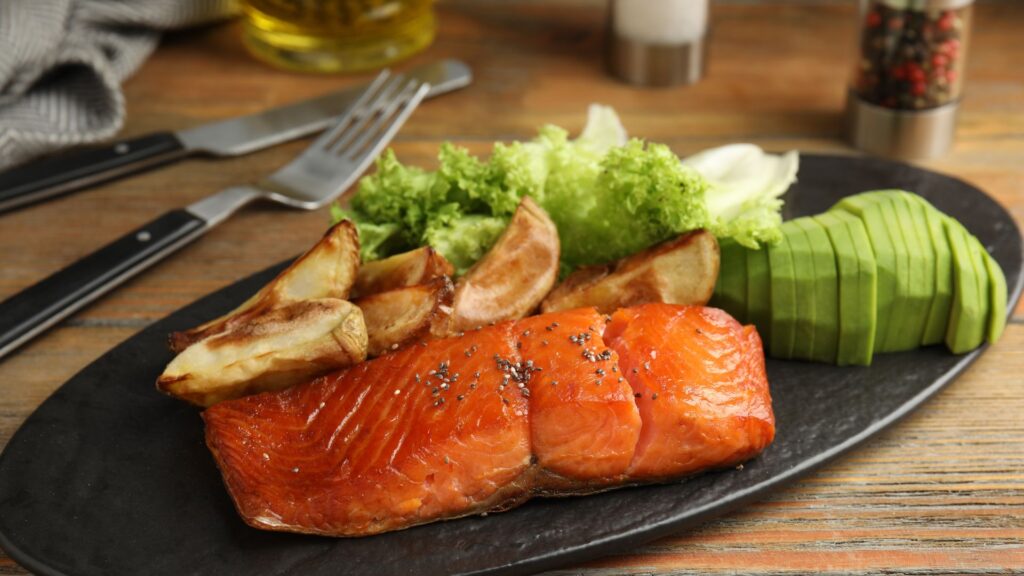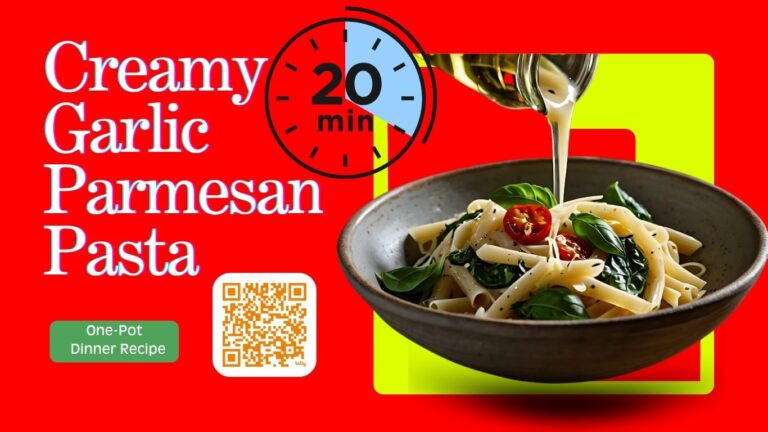We use affiliate links. If you purchase something using one of these links, we may receive compensation or commission.
Optimize Your Optavia Experience: Master DIY Success! Follow our Step-by-Step Guide for Seamless Weight Loss. By Mary West Medically Reviewed by Veronica Johnson, MD, FAAP, FACP, Dipl. of ABOM

Introduction
Enrolling on a health and wellness journey is a significant step towards a better you. This guide will walk you through the process of doing Optavia on your own, ensuring that you have all the tools and knowledge to succeed. Whether you’re new to Optavia or looking for a fresh start, this accessible guide covers you.
The Medifast diet, now succeeded by the Optavia program, offers a weight loss solution through pre-packaged snacks and meals. However, due to its potential cost and health risks, you might be interested in duplicating the Optavia diet at home to be more budget-friendly and health-conscious. This article provides a comprehensive guide on how to do just that.
How To Do Optavia On Your Own (Easy Guide)
Understanding Optavia: A Brief Overview
Before getting into the nitty-gritty, it’s essential to grasp the basics of Optavia. This program is designed to help individuals achieve optimal health through a structured meal plan that incorporates balanced nutrition and healthy habits.
Setting Realistic Goals
Start by selecting health and wellness goals. Are you looking to shed a few pounds, boost your energy levels, or try a healthier lifestyle? Setting clear and achievable objectives will be your roadmap throughout the Optavia journey.
Creating Your Optavia Meal Plan
One of the cornerstones of a successful Optavia experience is a well-structured meal plan. Incorporate a variety of lean proteins, healthy fats, and nutritious greens to ensure a balanced and satisfying diet.
Grocery Shopping for Optavia Success
Navigating the grocery store aisles can be overwhelming, but with a well-prepared list, you can make the right choices. Focus on whole, unprocessed foods that align with the Optavia guidelines.
Meal Preparation and Portion Control
Efficient meal preparation is crucial in maintaining consistency in your Optavia journey. Batch-cooking and portioning meals in advance will save time and keep you on track.
Staying Hydrated: The Importance of Water Intake
Aim to consume adequate water daily to support your body’s functions.
Incorporating Exercise into Your Routine
While Optavia primarily focuses on nutrition, regular exercise can amplify your results. Find activities that you enjoy and aim for consistency rather than intensity.
Utilizing Support Systems
Having a solid support system in place can make a world of difference. Whether it’s friends, family, or an online community, connecting with like-minded individuals can provide encouragement and motivation.
Monitoring Progress
Document your progress to keep track of your journey. This can include tracking weight, measurements, and how you feel physically and mentally. Celebrate the small victories along the way.
Overcoming Challenges
Every journey has its challenges. Whether you’re you’re battling cravings or navigating social situations, having strategies in place will help you stay on course. Remember, progress, not perfection, is the goal.
Celebrating Milestones
Recognize and celebrate your achievements, no matter how small they may seem. Acknowledging your progress is essential for maintaining motivation and a positive outlook on your Optavia journey.
Customizing Your Approach
Remember, Optavia is not a one-size-fits-all solution. Feel free to experiment and find what works best for you.
Medifast Diet: The Predecessor
Medifast was a meal-replacement regimen that consumed branded shakes, snacks, and meals five times daily to facilitate weight loss. The main program, the 5 & 1 Plan, included five meal replacement options and one “”Lean & Green”” meal consisting of protein and non-starchy vegetables. After reaching the desired weight loss goal, individuals would transition to incorporate starches, fruits, and dairy while reducing reliance on pre-packaged items. The final maintenance phase focused on balanced meals with supplemental Medifast snacks.
The Optavia Diet: A Holistic Approach
Optavia has supplanted Medifast, offering a more comprehensive approach to weight loss. The program encompasses:
Fuelings: These are meal replacements and snacks.
Habits of Health Program: A guide to help transform health-related behaviors.
Access to a Health and Wellness Coach: Personalized guidance.
Community Support: Interaction with fellow Optavia members.
The Optavia diet advocates for six meals daily: Fuelings products and Lean & Green meals prepared at home. Fueling options include shakes, soups, bars, and biscuits that are low in carbs and calories, rich in protein, and enhanced with probiotics. The Lean & Green meal template emphasizes lean protein, non-starchy veggies, and beneficial fats.
Optavia Plans: Tailored Choices
There are three plan options to choose from, each offering different combinations of Fueling and meals:
5&1 Plan: Five Fuelings and one Lean & Green meal daily.
4&2&1 Plan: Four Fuelings, two Lean & Green meals, and one daily snack.
3&3 Plan: Three Fuelings and three Lean & Green meals each day.
Optavia vs. Medifast: Key Differences
While both programs originate from the same company, they are distinct in their approaches. Optavia’s program emphasizes building beneficial habits with the guidance of a health coach and dietary adjustments. Medifast, on the other hand, was a self-guided program primarily focused on meal replacement snacks.
Weighing the Pros and Cons of the Optavia Diet
Pros of Optavia:
Potential for weight loss, particularly in the short term.
Low-carb diets, like Optavia, can facilitate initial weight loss.
Cons of Optavia:
Potential calorie insufficiency, which can be risky for specific demographics.
Pre-packaged meal replacements may lack the nutritional value of whole foods and may contain unwanted additives.
The program can be costly.
Given these considerations, pursuing a safer and sustainable weight-loss approach may be advisable.
Optavia Alternatives: A Safer Route
Due to the potential limitations of the Optavia diet, exploring alternative methods for safe and sustainable weight loss is recommended. Optavia plans can restrict daily caloric intake to levels that may not be conducive to long-term health.
The Mayo Clinic recommends a gradual approach, aiming for 1 to 2 pounds of weight loss per week through reduced caloric intake and increased physical activity.
The Mayo Clinic recommends a gradual approach, aiming for 1 to 2 pounds of weight loss per week. This can be achieved through reduced caloric intake and increased physical activity.
Replicating Optavia at Home: A Healthier Option
Customizing Lean & Green Meals:
Select Lean Protein: Opt for fish or skinless poultry.
Pair with Non-Starchy Veggies: Include options like spinach, broccoli, and cauliflower.
Incorporate Beneficial Fats: Opt for sources like nuts, seeds, and fatty fish.
DIY Snacking Alternatives:
Fruits like pears or apples
Veggies like carrot sticks, broccoli florets, or cucumber slices
Nuts and seeds
Roasted chickpeas
Popcorn
Remember to limit or avoid starchy vegetables like potatoes and corn when preparing Optavia-approved meals and DIY Fuelings at home.
FAQs
Can I Customize My Optavia Meal Plan?
How Long Does It Take to See Results?
What Should I Do If I Hit a Plateau?
Is It Possible to Maintain Optavia Long-Term?
Are There Any Side Effects to Be Aware Of?
How Can I Stay Accountable Throughout the Journey?
Conclusion
Embarking on the Optavia journey alone can be an empowering and transformative experience. With the proper knowledge, preparation, and mindset, you have the tools to achieve your health and wellness goals. Remember, this is a journey, not a race. Stay consistent, stay motivated, and celebrate your progress along the way.
Duplicating the Optavia diet in a home setting provides a safer and potentially more cost-effective alternative. By customizing meals and snacks with wholesome ingredients, you can embark on a path to healthier, sustainable weight loss. Always consult with a healthcare professional before making significant dietary changes.
Duplicating the Optavia diet in a home setting provides a safer and potentially more cost-effective alternative. By customizing meals and snacks with wholesome ingredients, you can embark on a path to healthier, sustainable weight loss. Always consult with a healthcare professional before making significant dietary changes.
References
- American Heart Association: “Healthy Snacking”
- Cleveland Clinic: “Eating Out May Mean Poor Nutrition Quality, Study Says”
- Optavia: “What is a Lean & Green meal?”
- Medifast: “Medifast Direct”
- Optavia: “We Are Optavia”
- Optavia: “What is a Fueling?”
- Mayo Clinic: “Low-carb diet: Can it help you lose weight?”
- U.S. News & World Report: “Optavia”
- Optavia: “How many calories and carbohydrates does the Optimal Weight 5 & 1 Plan provide?”
- Mayo Clinic: “Weight loss: Choosing a diet that’s right for you”
- National Health Service: “Very low calorie diets”
- Penn Medicine: “How to Stop Food Cravings”
- Harvard Health Publishing: “Calorie counting made easy”






























